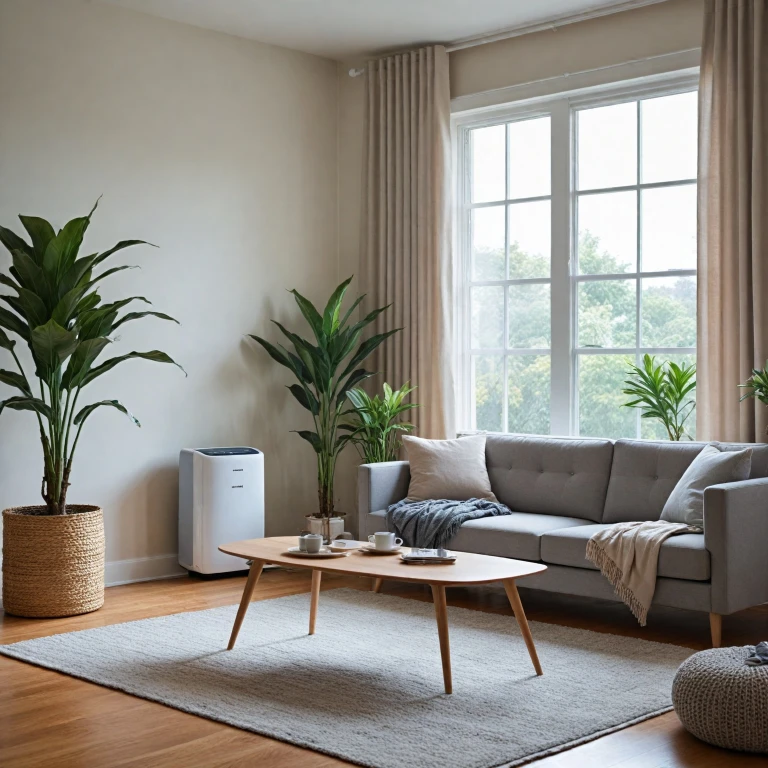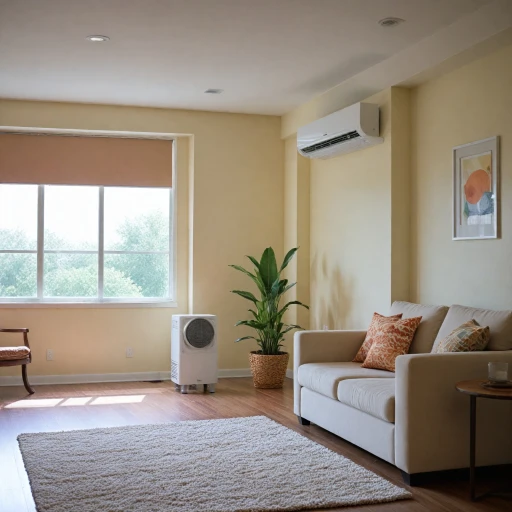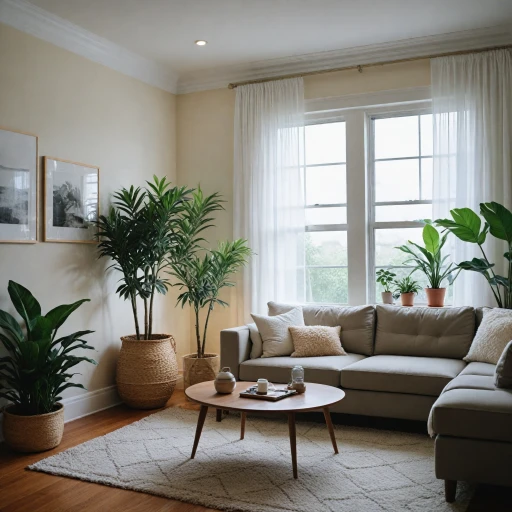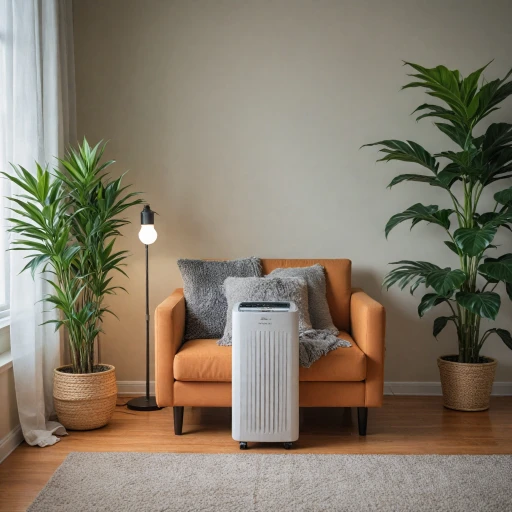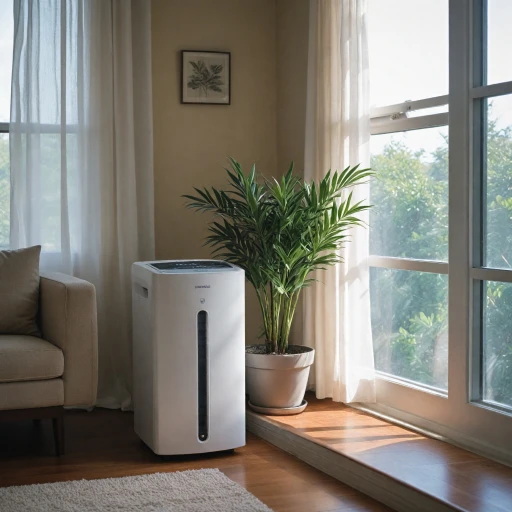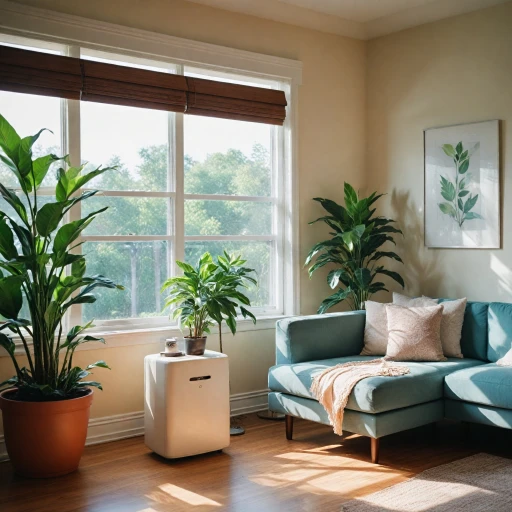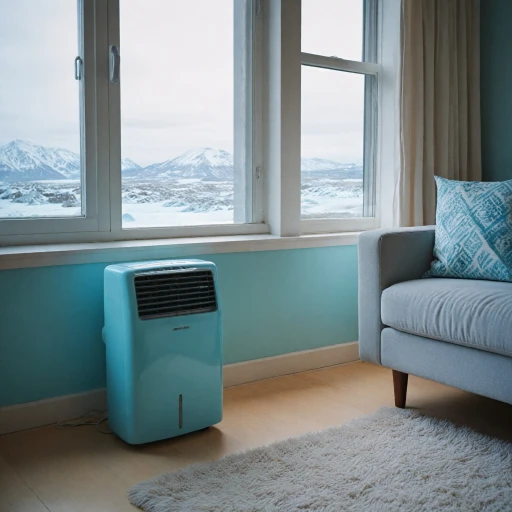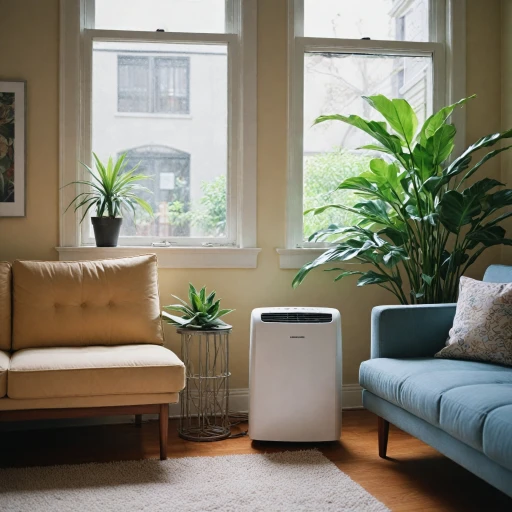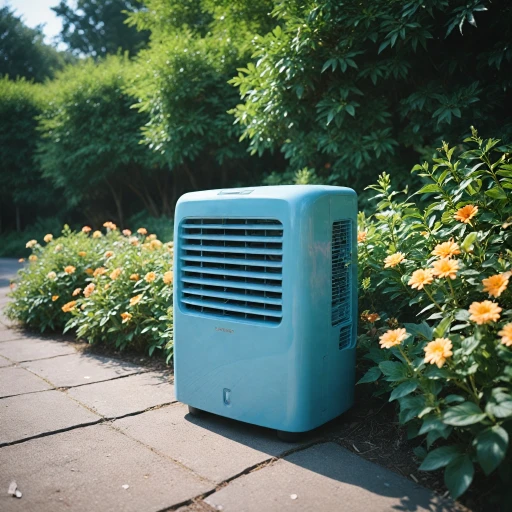
Understanding Noise Levels in Portable Air Conditioners
Recognizing Sound Dynamics in Portable Air Conditioners
Understanding the noise levels produced by portable air conditioners is essential for creating a serene home environment while still enjoying optimal cooling. These units can vary significantly in the amount of sound they produce, often influenced by various factors such as the compressor, fan settings, and overall design. Recognizing these elements can help you make informed decisions when choosing the best unit for your needs. Many modern portable air conditioners feature modes specifically designed to reduce noise, such as sleep mode or a quiet mode, which adjust the fan speed and operation to ensure a quieter experience during the night. Models like the Whynter ARC and Midea Duo are often noted for their quieter operation due to innovations like dual hose systems which can help manage air flow more efficiently, reducing the strain on the unit. When evaluating the noise level of a portable air conditioner, consider the decibel rating provided by the manufacturer. A lower decibel rating often indicates a quieter unit, which can be particularly important in small rooms or spaces where noise can be more noticeable. For a more in-depth understanding of how low-profile air conditioners contribute to decreasing noise, you can explore more about the benefits of a low-profile air conditioner. This can provide valuable insights into selecting a unit that balances both cooling efficiency and minimal sound disturbance.Top Features to Consider for a Quiet Portable Air Conditioner
Key Characteristics of a Silent Cooling Experience
When searching for a quiet portable air conditioner, it's crucial to understand the features that contribute to a less noisy operation. These aspects not only enhance your comfort but also ensure the unit integrates seamlessly with your living environment. Here's what to look for:
- BTU and Cooling Capacity: Assess the British Thermal Unit (BTU) rating to ensure the portable unit is adequate for your room size. The higher the BTU, the more powerful the cooling, but it should not compromise the quiet operation. Models like the Midea Duo and Whynter ARC are known for balancing their cooling capacity effectively with reduced noise levels, making them ideal for different room sizes, such as 300 to 500 square feet, without being intrusive.
- Fan Speed and Modes: Look for units that offer variable fan speeds and multiple modes such as ‘sleep’ or ‘quiet’ mode. These functionalities are crucial for maintaining noise levels while delivering optimal air distribution. The ability to adjust the fan speed can help tailor the cooling experience, minimizing disruptive sounds during operation.
- Dual Hose Design: Choosing a dual hose system over a single hose can substantially reduce energy consumption and operational noise. This design allows for more efficient air circulation, preventing the unit from overexerting itself and thereby reducing noise levels. It’s often seen in units that promise a quiet operation, increasing their appeal in serene environments.
- Quality of Construction: The materials and overall build quality of portable air conditioners play a vital role in managing noise. Units made with sound-absorbing materials and robust construction help diminish the vibrations and sounds often associated with lesser models. Opt for brands with a reputation for durability and quiet functionality.
- Advanced Features: Integration of features like remote control and programmable timers can enhance user convenience, allowing you to control settings effortlessly while keeping the noise to a minimum. Ensuring that your model comes with a user-friendly interface and remote operation capabilities can significantly impact your overall experience.
Incorporating these attributes in your decision-making process can help secure a portable air conditioner that meets your expectations for both performance and quietness. For further guidance on selecting the ideal quiet portable air conditioner for your space, consider this comprehensive resource on choosing the right model for your home.
Comparing Popular Quiet Portable Air Conditioner Models
Evaluating the Quietest Models on the Market
When it comes to selecting the best quiet portable air conditioner for your home, comparing popular models can significantly ease your decision-making process. While performance in cooling and noise levels are essential considerations, understanding each model's unique features is equally important. To start, the Midea Duo is often touted for its quiet operation, making it a top choice for those prioritizing peace and quiet. With a dual hose design, it effectively balances cooling power and noise reduction, ensuring your room remains at a comfortable temperature without the intrusive hum. This model also comes with multiple fan speed settings and sleep mode, allowing for customizable comfort tailored to your needs. Another excellent quiet portable unit is the Whynter ARC-14S. This model boasts a high cooling capacity of around 14,000 BTUs, suitable for spaces up to 500 square feet. Its combination of a powerful cool mode and a fan speed adjustment function offers efficient air cooling while maintaining a lower noise level compared to single hose alternatives. For spaces where power and quiet operation must coexist, you might consider a portable AC with a single hose design. While single hose units generally run louder, adjustments in fan speed and temperature settings can help minimize the noise output. Moreover, models with remote control settings provide ease of operation from a distance, enhancing the overall user experience. Ultimately, it’s worth exploring dual hose models further, given their superior noise control attributes over single hose units. You can learn more about the differences and benefits of these models here to refine your choice. By evaluating each model's features and noise levels, you’re well on your way to finding the quietest portable air conditioner that aligns with your personal comfort and cooling needs.Installation Tips for Minimizing Noise
Practical Installation Ideas to Dampen Noise
Installing your portable air conditioner properly can significantly reduce noise levels, ensuring a more serene atmosphere in your home. Here are some practical tips to help minimize noise:
- Select the Right Location: Position the portable unit in a stable and level spot, ideally near a window for efficient venting. A stable placement helps reduce vibrations and noise.
- Use Anti-Vibration Pads: Placing anti-vibration pads beneath the air coolers can dampen vibrations and decrease sound transmission to floors and walls.
- Optimize Window Seals: Ensure that the window kit is tightly sealed around the venting hose to prevent noise leaks. Proper sealing aids in maintaining a quiet operation.
- Quiet Mode and Fan Speed Adjustments: Make use of the quiet or sleep mode if available, which typically reduces both the fan speed and noise level while maintaining a comfortable temperature.
- Dual Hose vs. Single Hose: Consider dual hose units for enhanced efficiency and quieter operation. They tend to maintain more consistent temperatures and reduce workload, which can minimize noise.
By following these installation tips, you can create a more peaceful environment, balancing cooling efficiency and the quiet operation of your portable AC unit.
Balancing Cooling Efficiency with Quiet Operation
Finding the Right Balance for Optimal Cooling and Quietness
When searching for a portable air conditioner, striking the right balance between cooling efficiency and quiet operation is crucial. A portable unit's performance depends on its BTU capacity, which determines the size of the room it can effectively cool. However, as cooling power increases, you might expect an uptick in noise levels. The key is finding a model that maximizes cooling capacity while minimizing disruptions.
Many portable air conditioners feature modes designed for quieter operation, such as sleep mode, which reduces fan speed and noise output while maintaining a comfortable temperature. These modes can be invaluable for nighttime use or maintaining a peaceful environment.
Consider opting for models with dual hose configurations like the Whynter ARC series, which offer greater cooling efficiency with less energy consumption compared to single hose options. These units typically deliver better performance without a significant increase in noise.
Moreover, the introduction of innovative technologies, like the Midea Duo MAP, has redefined what's possible in quiet portable cooling. With advanced features and smart designs, these models ensure your room stays cool with minimal auditory distractions.
Ultimately, achieving the perfect blend of effective cooling and quiet operation is about understanding your room's specific needs and the portable AC's capacity to meet them. When choosing a unit, prioritize energy-efficient models with a good range of fan speeds and noise-reducing settings to enjoy the best of both worlds: comfort and tranquility.
User Reviews and Real-World Experiences
Voices from the Cooling Community: Real Experiences with Quiet Operation
When scouting for a quiet portable air conditioner, user reviews and real-world experiences can be invaluable resources. Many consumers have used their units in various room settings, from compact bedrooms to larger open spaces, allowing for a comprehensive view of what to expect. Common Positive Feedback:- Silent Cooling for Bedrooms: Users often highlight models like the Midea Duo and Whynter ARC as excellent choices for maintaining a serene sleeping environment. The sleep mode and variable fan speeds usually aid in minimizing noise levels, ensuring that the portable unit operates at a whisper.
- Cooling Range and Efficiency: Many reviews often praise quiet portable air conditioners for their ability to effectively cool rooms up to several hundred square feet. The cooling capacity, often measured in BTU, aligns well with the cooling tasks required, catering to both single and dual hose configurations.
- Hose Management: A recurring note in reviews is the complexity of managing exhaust hoses. Dual hose models occasionally offer better efficiency but require careful placement and window fitting to avoid excess noise and ensure optimal performance.
- Maintaining Quiet While Operating at Max Cooling: While these portable units are lauded for their low noise levels, some users find that the noise can escalate during peak cooling times, particularly if the unit is required to cover a larger area or higher BTU output.
- Strategic Placement: Users suggest positioning the air conditioner away from corners or enclosed spaces to allow free airflow and reduced operational noise.
- Utilizing Remote Control Features: Many air conditioners come with remote controls that allow easy adjustment of settings from across the room. This becomes a great asset for maintaining a desirable temperature without the need for frequent adjustments.
